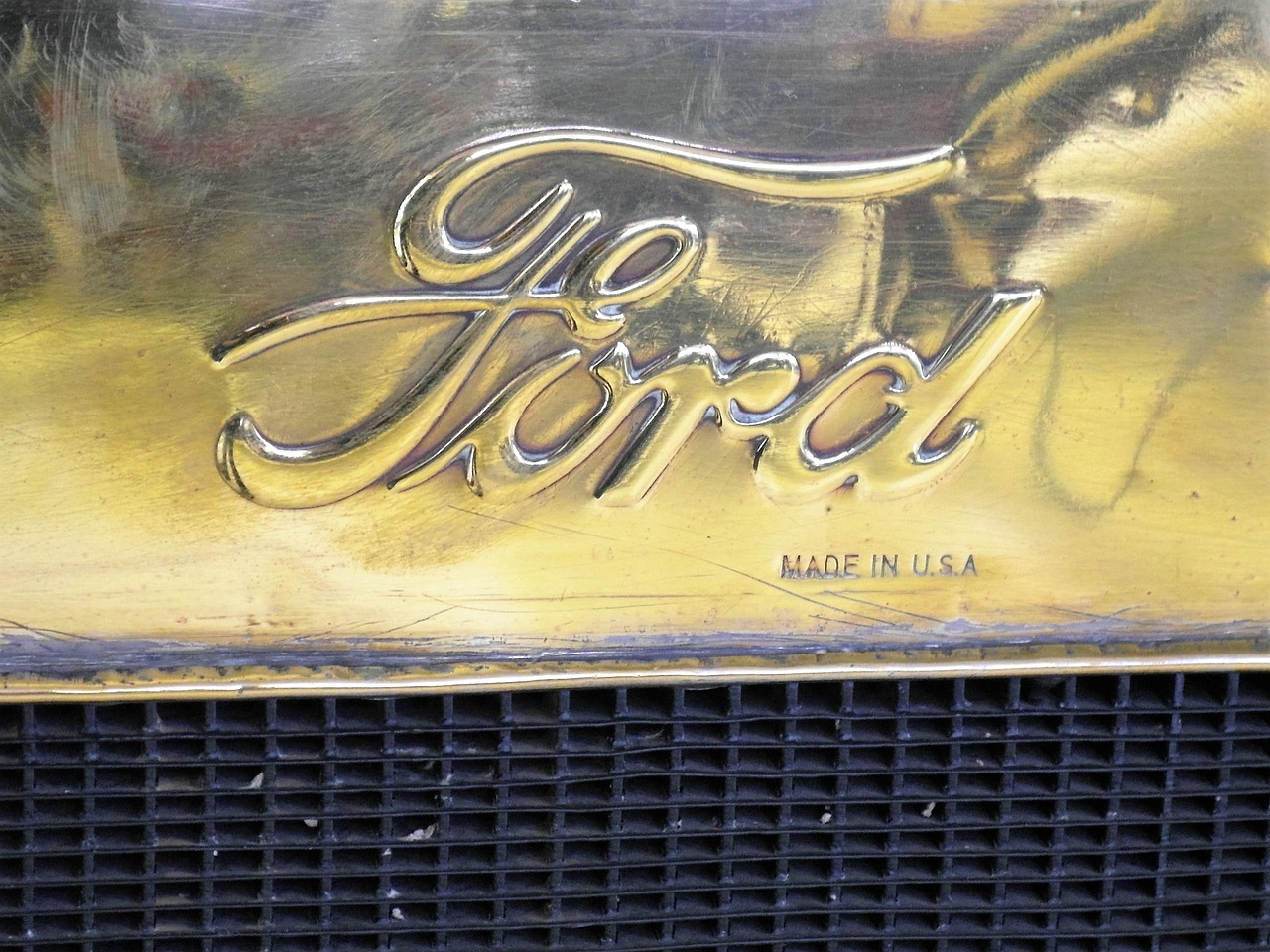
Image via Pixabay.
Radiators dissipate engine-generated heat and maintain the ideal temperature for your Ford Edge, Explorer, or F-150 to run perfectly. Ignoring radiator problems could lead to a host of issues. Identifying the warning signs of a failing radiator early and getting a reliable radiator repair from your Ford dealer will help you avoid high repair costs and untimely breakdowns.
Your Car Is Overheating
If the needle on your temperature gauge begins creeping into the red zone, your radiator isn’t doing its job. There are various reasons why your radiator is malfunctioning, from issues with the cooling fan to a faulty thermostat and blockages preventing the coolant from circulating. Overheating is an urgent problem.
If not repaired immediately, it can cause significant engine damage. Ignoring it can lead to significant engine damage and quickly become a financial burden. The moment you notice overheating, it’s critical to pull over to a safe spot, turn off your engine, and call us for professional assistance.
The Coolant Appears Murky
Coolant plays a vital role in your vehicle’s cooling system. Its color and consistency can provide valuable information about the condition of your radiator. Coolant should be a vibrant color, usually bright orange, green, yellow, or pink. If the coolant has turned murky or rust-colored, it could signify trouble. It could also indicate internal corrosion, which should be addressed promptly to prevent further damage.
There’s a Sludge Build-Up Around the Radiator
Coolant that has a syrupy consistency should never be thick and sludgy. As the coolant constantly flows through the cooling system, it can become contaminated over time and turn into sludge that builds up around the radiator. Sludgy coolant can’t flow freely through the system, clogs the radiator, and causes overheating problems.
You Notice Corrosion
Coolant is designed to prevent the corrosion of metal components in your vehicle’s cooling system. It contains inhibitors that prevent the coolant from eating away at the metal. If you go too long between coolant flushes, the inhibitors can break down, forming sludge or corrosion. Once the corrosion inhibitors break down and rust sets in, it can eventually lead to cracks or leaks developing in the cooling system.
There’s a Rapid Decrease in Coolant Levels
If you notice a rapid decrease in your coolant levels or come across a pool of liquid beneath your vehicle, it’s important to take immediate action. Low coolant levels can signify that the coolant is escaping or that there’s a blockage within the system. The leaks could come from the many cooling system hoses and fixtures or the radiator.
Don’t ignore the symptoms of a failing radiator to avoid severe engine damage. Make your radiator woes a thing of the past. Call Tri-County Ford now to schedule an appointment, and the qualified technicians will repair your radiator expertly.




